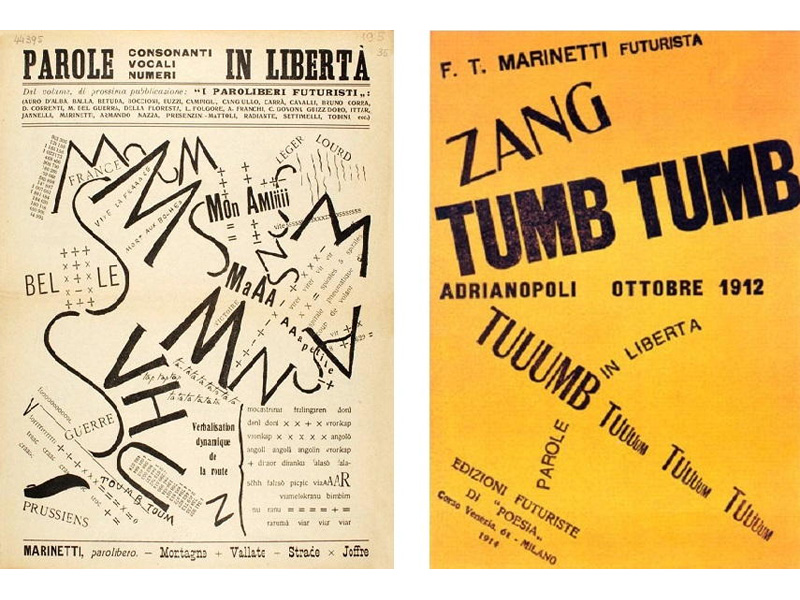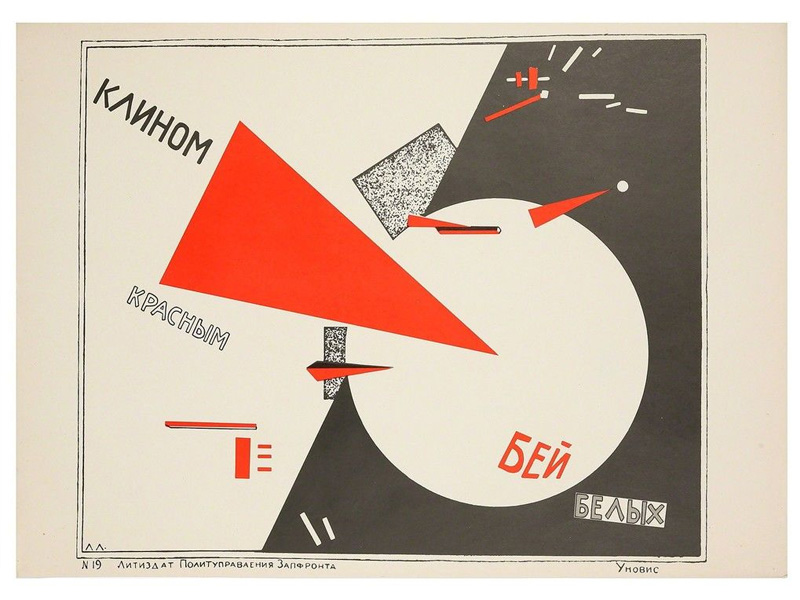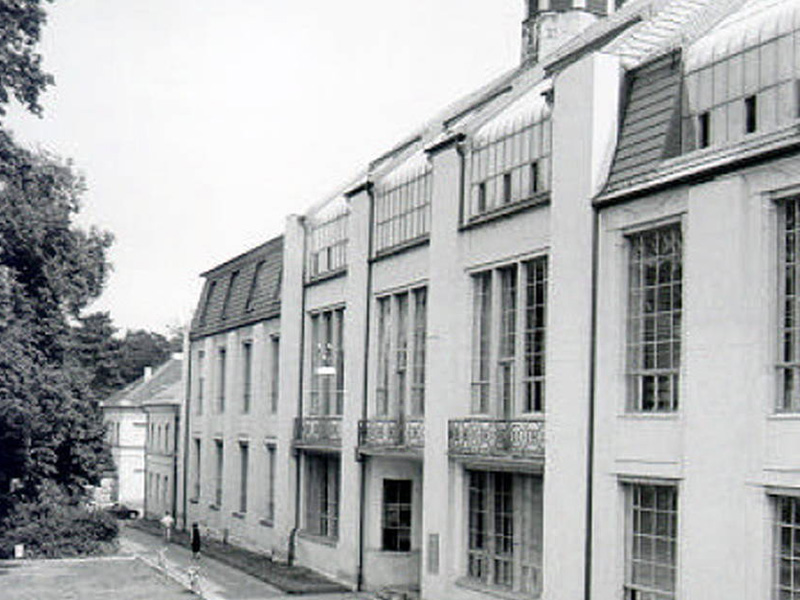
The Self: Part 2 – The Creative Mind

What is Creativity?
In his book, Creativity: Flow and Psychology of Discovery and Invention, Mihaly Csikszentmihalyi describes creativity as ‘the tendency to solve problems or create new things in novel ways’. Creativity can be tricky to explain in simple terms. Not only because it is very abstract, but also because there is not definite answer behind the psychology In relation to it. Csikszentmihalyi continues that creativity is the combination of originality and functionality, however, what is triggered the creative side of the brain is still unclear.
From various studies, Csikszentmihalyi also concludes the common traits found in creative people. These are a combination of intelligence, energy and discipline. Moreover, Csikszentmihalyi describes when creativity occurs in different situations. Creativity is seen:
- In people who seems stimulating, interesting and have various unusual thoughts.
- In people who are able to see the world from various perspectives – people who can empathise.
- In insightful and inventive people.
With this said, one can say that creativity does occur naturally, however it needs to be fed and taken care of in order to flourish.
In another book of Csikszentmihalyi’s – Creativity: The Work and Lives of 91 Eminent People, he argues that “Of all human activities, creativity comes closest to providing fulfillment we all hope to get in our lives”. Which is true. Whilst other experiences may still provide a fulfilling sense of being part of something greater, a creative experience often results in a tangible end product, giving you a greater sense of fulfillment and completion. It is a quantifiable process.
Different Types of Creativity
Although creativity has common characteristics, it can be divided into different stages. Experts divided into 4 categories, namely:
- Mini-C: This is where generic ideas often occur and are kept to oneself.
- Little-C: Everyday thinking often falls under this category. This level of creativity allows day-to-day problem solving and dealing with our surroundings accordingly.
- Pro-C: This level of creativity is found in professionals working in their respective field. Their level of creativity is quite high, however may not receive eminence for their works.
- Big-C: This level is where visionaries and inventors can be found. This level of creativity would result in groundbreaking discovering that leads to worldwide recognition. This includes scientific discoveries, visionary artistic achievements and technological innovations.
In addition to the above, psychologists and psychoanalysts have explored the concept of creativity, and all have come up with their own conclusions and theories as to what constitutes creativity. In the essay A Comparative View of Creative Theories: Psychoanalytic, Behaviouristic and Humanistic (find it here), the writer, Carlisle Bergquist, explores three different theories from across different fields of psychology.
From a psychoanalytical point of view, creativity is thought to be triggered from unconscious drives, which area a by-product of primary instinctive processes. According to Freud, only unhappy people experience daydreams and fantasies. These are an integral part of the creative process. Freud believed that there is a link between neurosis and creativity. From a psychoanalytical standpoint, it is the conflicts between wish fulfilment and biological drives is was result in creativity.
On the other hand, looking at creativity from a behavioustic perspective, some argue that creativity is linked to sublimated sexual drives. However, B.F. Skinner, a radical behaviourist consciously denies these theories. Then again, in his essay, A Lecture on ‘Having’ a Poem, he quotes Samuel Butler saying that a poet writes a poem the same way a hen lays an egg. Hence, Skinner here is indirectly linking the creative process to reproductive systems. Similarly, other behaviouristic psychologists describe creativity as a result from reshuffling psychic material which is unconscious to an individual and thereby only seem that are spontaneous. It is described as a cognitive behaviour pattern which first accesses unconscious material then it is synthezised in an immediate stimulus.
Lastly, humanistic psychologists believe that creativity is a fully human concept. They describe it as a healthy system of instincts and conditional responses. They believe that creativity also brings a sense of wholeness to the human being. The divide the creative process in three sections, namely:
- Primary: this level of creativity is similar to the psychoanalytical – it is derived from primary processes, from what Freud described as the Id.
- Secondary: this level of creativity is more Apollonian – it is more analytical. It requires a level of discipled and hard work.
- Integrated: this is also known as the “visionary art”. It brings together the primary and secondary levels of creativity.
Communicating ‘The Self’ To the External World
Over the course of time, artists and designers alike felt the need to express themselves and their beliefs to the general public. Many artists joined forces and resulted in a full-on artistic movement that left is make in art history. Art movements such as the Futurists, Constructivists, the Bauhaus, Suprematists and Dada are only a few of the many artistic movements that took their creative skills to the next level to express themselves and be trend setters.

In 1909, Filippo Marinetti published The Futurist Manifesto. In it he described an artistic philosophy where the past is rejected and exchange of a celebration of speed, industry, youth, violence and machinery. Back then Italian literature was lacking literature value. As a reaction to that, Marinetti’s publication included experimental layouts and typography.


Similarly, the Constructivists were quite popular in the beginning of the 20th century. Vladimir Tatlin wanted ‘to construct’ art rather than simply creating autonomous art. He, along with fellow artists, believed that art should have a social purpose. In fact, many artists of the time where the creators of many propaganda posters, and their influences extended beyond the borders of the page. Constructivism, was one of the most influential movements in Graphic Design history. They were also an inspiration for other movements such as the De Stijl and Bauhaus, which emerged later in Germany, when Walter Gropius open the first Bauhaus school in Weimar in 1919.
Further to the above, there were other artistic movement that their core values were so strong to the point where they even rejected Art itself. Dada was an avant-garde artistic movement that emerged in 1920s Switzerland and France. It was initiated as a reaction to World War I. Their core value was to express irrationality and nonsense, whilst rejecting any sense of structure and logic. This could be seen in their art which spanned over a myriad of media, including collage, sound art and sculpture. Dada art was an explicit expression of the discontent and sorrow of the aftermath of the Great War.
Summing It Up
From the above research, it can be concluded that there are varying views as to what constitutes the creative mind. Historical context, background and scientific advances all affected the way psychologists conducted their research and came to their conclusions. In spite of that, there is common ground. All psychologists from different areas of the field agree that creativity has its roots in the unconscious mind and that life experience affect the creative process. It can be concluded that creativity is a process which the individual finds ways to relate to the surrounding environment.





